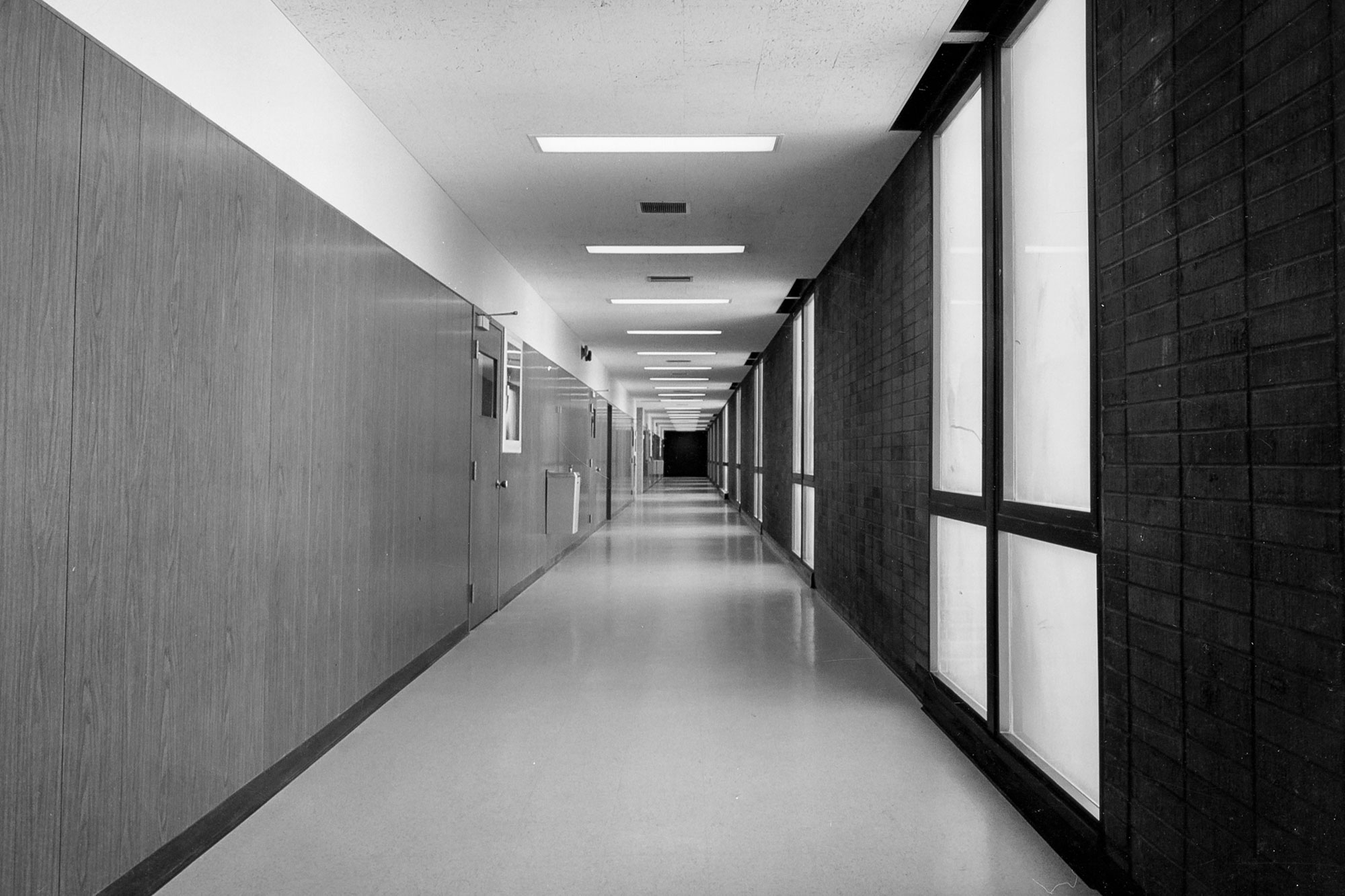Coronavirus Research
One of the biggest unknowns about the coronavirus is how changing seasons will affect its spread. Physicists from the University of Utah have received the university’s first COVID-19-related grant to tackle the question.
The National Science Foundation (NSF) has awarded a Rapid Response Research (RAPID) grant to Michael Vershinin and Saveez Saffarian of the U’s Department of Physics & Astronomy to study the structure of the SARS-COV-2, the coronavirus strain at the center of the pandemic. The physicists will create individual synthetic coronavirus particles without a genome, making the virus incapable of infection or replication. The researchers will test how the structure of the coronavirus withstands changes in humidity and temperature, and under what conditions the virus falls apart.
The results will help public health officials understand how the virus behaves under various environmental conditions, including in the changing seasons and in microclimates such as air-conditioned offices.
“We’re making a faithful replica of the virus packaging that holds everything together. The idea is to figure out what makes this virus fall apart, what makes it tick, what makes it die,” said Vershinin, assistant professor of physics and astronomy and co-principal investigator of the grant. “This is not a vaccine. It’s won’t solve the crisis, but it will hopefully inform policy decisions going forward.”
The researchers searched the fully-sequenced SARS-COV-2 genome that was published in January and zeroed in on the genes responsible for the structural integrity of the virus. They are now synthesizing these genes in living cells and allowing their proteins to assemble into virus particles.
“Coronavirus spreads similarly to the influenza virus—as small mucus droplets suspended in the air. The predominate idea is that viruses lose infectivity because the particles lose structural integrity,” said Saffarian. “The physics of how the droplets evolve in different temperature and humidity conditions affect how infectious it is.”
The RAPID funding program allows NSF to quickly review proposals in response to research on urgent issues, such as global pandemics.
“This application of sophisticated physics instruments and methods to understand how the 2019 coronavirus will behave as the weather changes is a clear example of how our investment in basic research years later prepares us for a response to a crisis that impacts not only our society, but also the whole world,” said Krastan Blagoev, program director in NSF’s Division of Physics.
ONE FROM MANY
At the onset of the coronavirus, Vershinin and Saffarian dove deep into the scientific literature to learn as much as possible about corona and related viruses, such as influenza. They realized that many studies looked at the spread of influenza on an epidemiological level. There are fewer answers about how climate and specific conditions effect a single virus particle. Both researchers bring decades of experience working in the nanoscale. Vershinin lab’s specialty is using optical tweezers, a tool that enables him to probe individual molecules just a few atoms across.
“It’s often compared with the tractor beam from ‘Star Trek.’ You just use light to reach in and apply force to manipulate things,” Vershinin said.
Saffarian’s lab focuses on viruses that, like coronavirus, contain RNA strands. His lab utilizes many tools to track the behavior of individual virus particles, including HIV.
The researchers are members of the Center for Cell and Genome Sciences in the College of Science, where scientists who apply physics, chemistry and biology work alongside each other and can form collaborations rapidly—a key advantage in the fight against the virus.
“You don’t just gain the insight that you want by looking at the virus on a large scale. Looking at a single virus particle is the key to being able to tease out what’s going on,” Vershinin said. “Modern biology and biophysics allows us to ask these questions in a way we never could have before.”
Funding for this research was provided by NSF under award number PHY-2026657 for nearly $200,000.
by Lisa Potter
>> @theU - 03/18/2020
 More about Jessica Stanley:
More about Jessica Stanley:

 What are your dreams for a career, research?
What are your dreams for a career, research?










